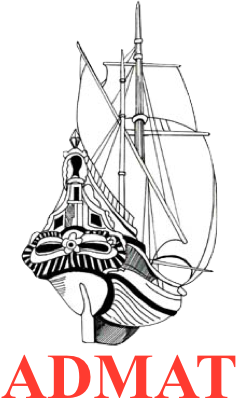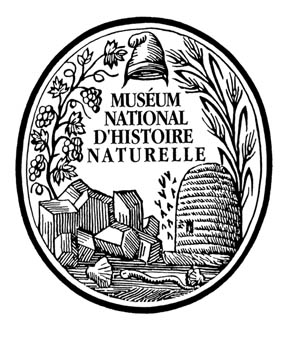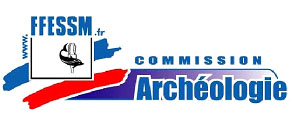Wreck One June/July 2016 Project.
Page 5
With all ADMAT projects, the Teams are instructed on artefact handling and they assist with the documentation of artefacts at the Centre. For this project, the Team focused on French Faienceware sherds which had been conserved from the French Merchant Ship we call The Faience Wreck. This wreck is located in Monte Cristi Bay, on the furthest outreached between two of the islands. The wreck site was extensively mapped and surveyed in 2006 by ADMAT. It is a highly volatile site in about 4 meters and in an area where large wave action occurs. It also has been badly looted over the years. Accordingly most of the pottery is broken. The team were writing the abbreviated artefact numbers on the sherds
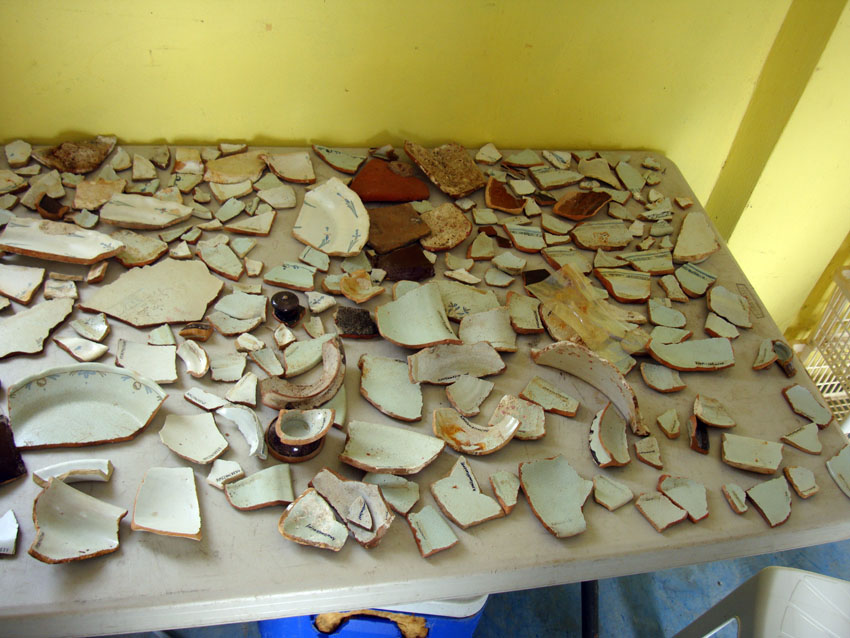
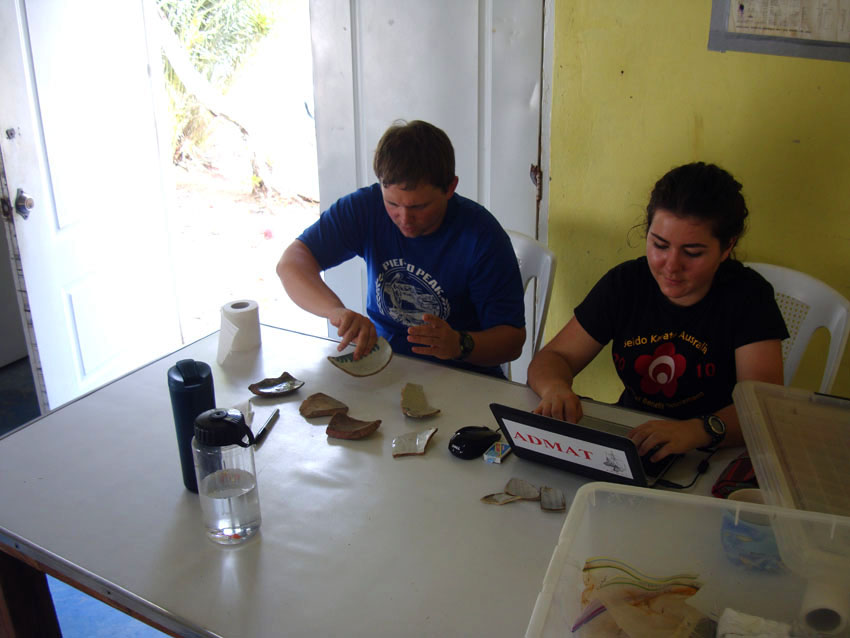
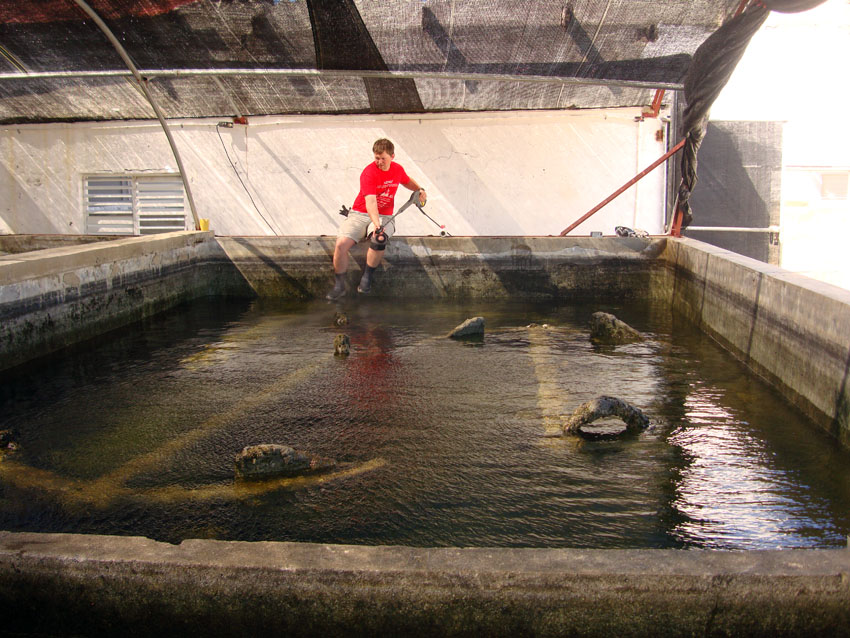
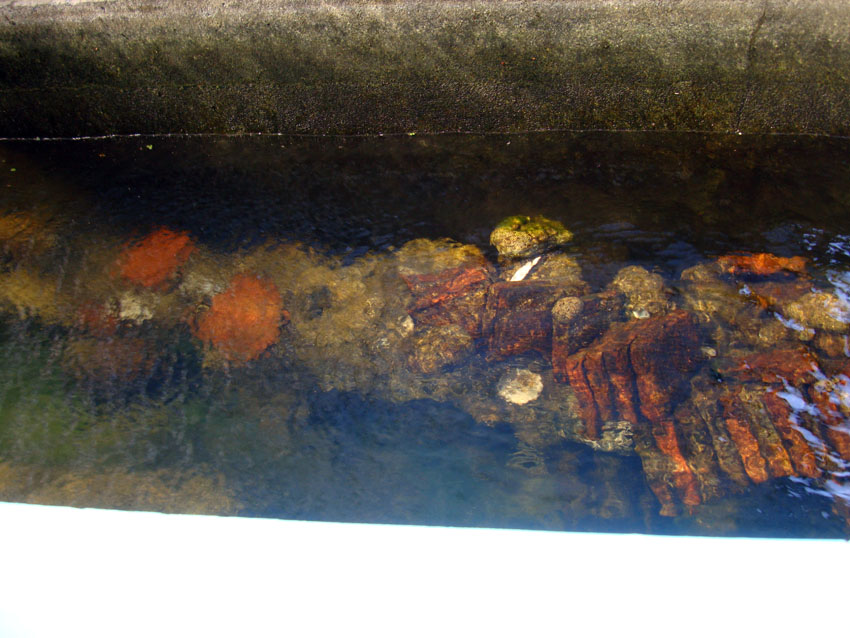
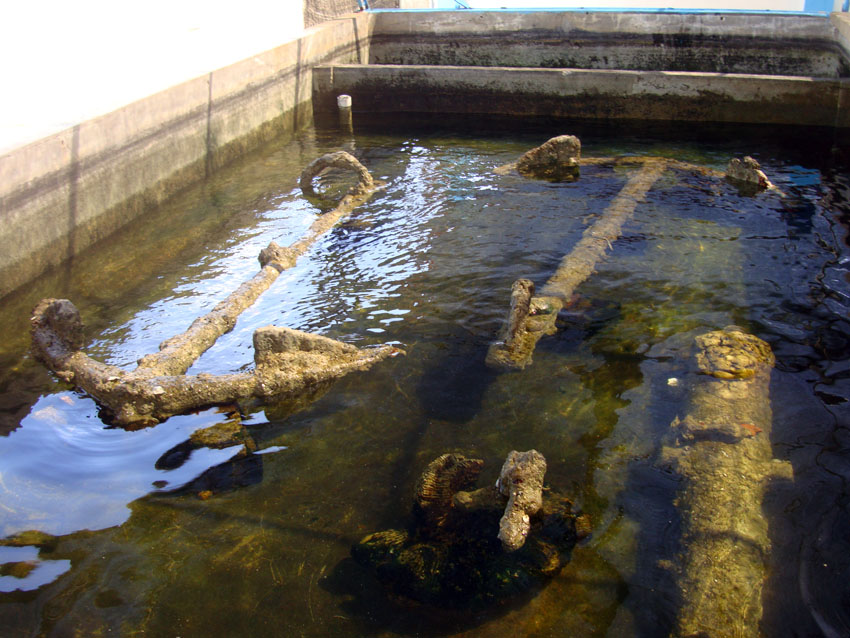
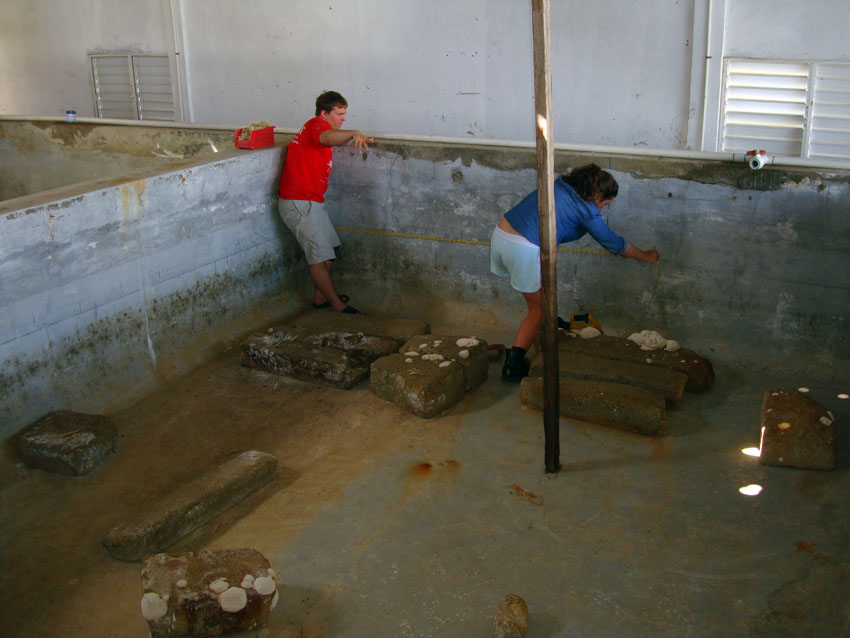

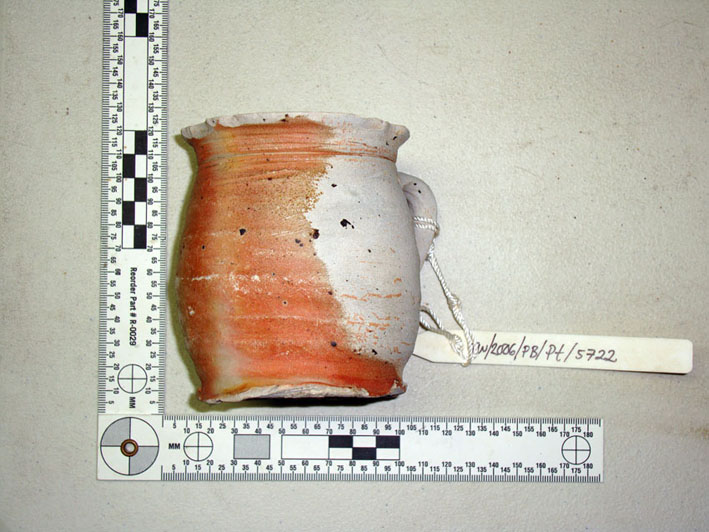

Further training was given with the Team cleaning the anchors and cannons from The Tile Wreck, prior to measuring them. Another important skill is measuring. ADMAT uses a tried and tested method which is part of our coveted ADMAT’s Underwater Survey Diver Course. One of the conservation tanks at ADMAT’s Maritime archaeological Centre; has had some of the cargo of granite blocks from the central cargo deck on The Tile Wreck, recovered from the wreck and placed in exactly the same relative positions as on the wreck site. The Team measured the position of the blocks and draws it to scale. Then the tank is flooded and the Team conducts the same operation but this time underwater. The new set of measurements is then drawn to scale and the two plans are compared. As a statement of fact there is only one correct version of the plan, yet it is interesting to see the drawings…. Students then realize it is much harder to measure underwater than on dry land and that practice is required.
Visit to The Archaeological Commission – ONPCS
During the last days of the project, Dr Spooner took the Team to ONPCS in Santo Domingo. Here the Team met Francis Soto the Director and his staff, who made us all welcome. At our request they had assembled some of the artefacts ADMAT had located and excavated from The Tile Wreck and may more wonderful items from shipwrecks around the country. Some of these items were being conserved others were being documented prior to being displayed in one of the few maritime archaeological museums.
The Team managed to document a number of our artefacts. As ONPCS has a different artefact numbering protocol from ADMAT’s it was gratifying that both the artefact numbering tags were still available on the conserved artefacts.
Conclusion
There were a number of factors which came out from the project. The first was that we needed one on one redundancy on electronic survey equipment, as things have a habit of breaking or not working in the field when you need tham (they were working well before the project). The second was that a proper survey boat was required to accurately conduct 120% survey of the area. Using small local yolas were not suitable for the efficient survey. It is hoped that ONPCS can assist us in facilitating a suitable survey boat for the next survey.
That being said, a large area of Monte Cristi bay was surveyed successfully for the first time and a new wreck site was located, which is a great success. We have named this new wreck site as Wreck Two. We recommend that this site is archaeologically surveyed with the following objectives:
- The identification of the nationality of the vessel and cargo.
- The identification of the age of the sinking and the calculation of the wrecking process.
- The identification of the type of vessel.
As usual ADMAT’s Underwater Survey Diver Course was successfully achieved by all the students as well as the ADMAT Artefact Handling Course. A large number of artefacts from The Faience Wreck (1760's) were documented and the Team were privileged to visit ONPCS and to have a guided tour of the artefacts by Francis Soto, Director of ONPCS Laboratory. We thank him and ONPCS for his assistance and the tour.
ADMAT's maritime archaeological work on this wreck site was assisted by ADMAT-FRANCE a non profit organisation based in the Institut de Paléontologie Humaine, Muséum National d’Histoire Naturelle, Paris.
ADMAT-FRANCE is a sub division of the Anglo ~ Danish Maritime Archaeological Team
ADMAT is delighted to have an association with Muséum Nationald’Histoire Naturelle at Paris, départememt Préhistoire, UMR-CNRS 7194.
